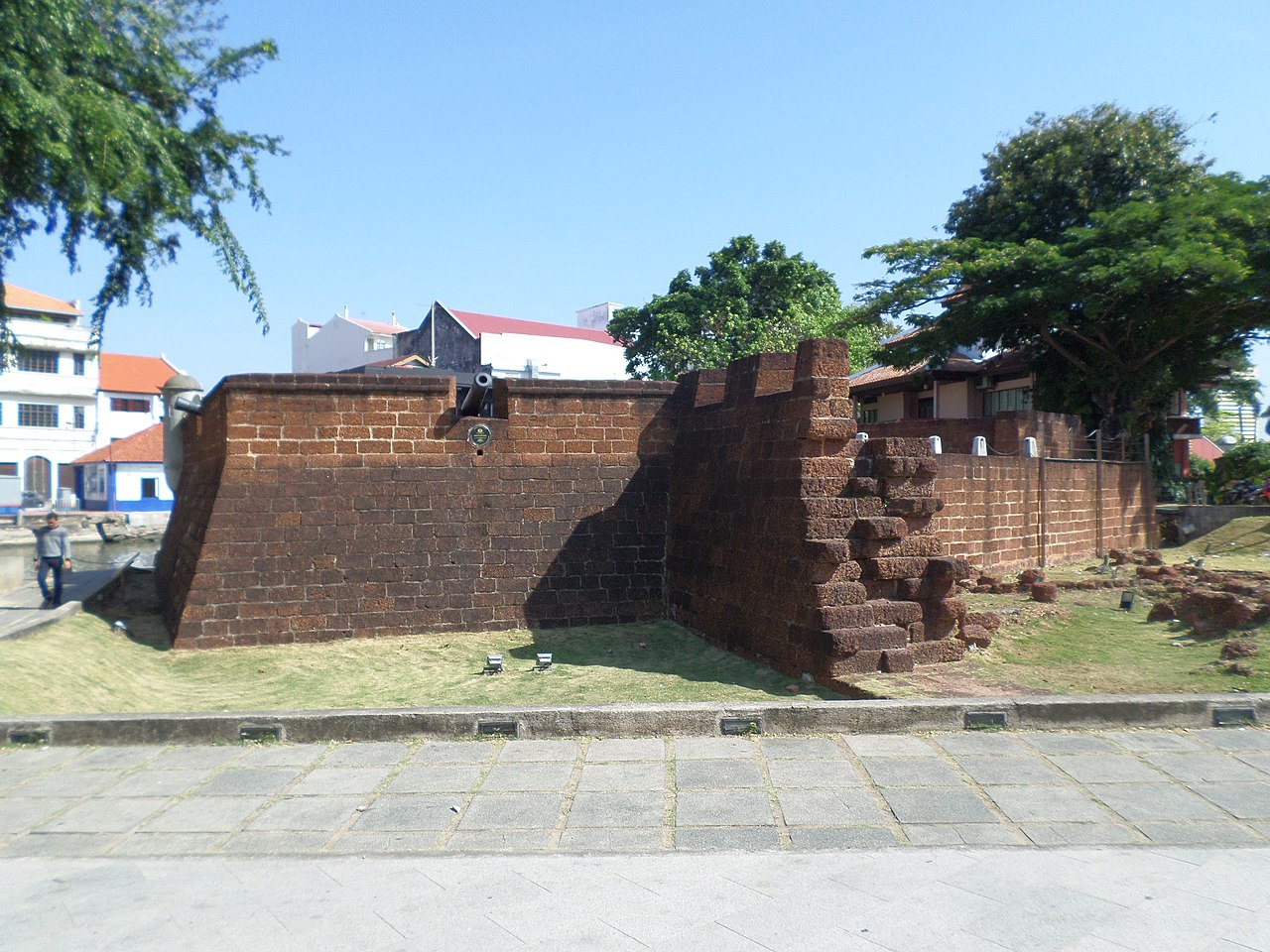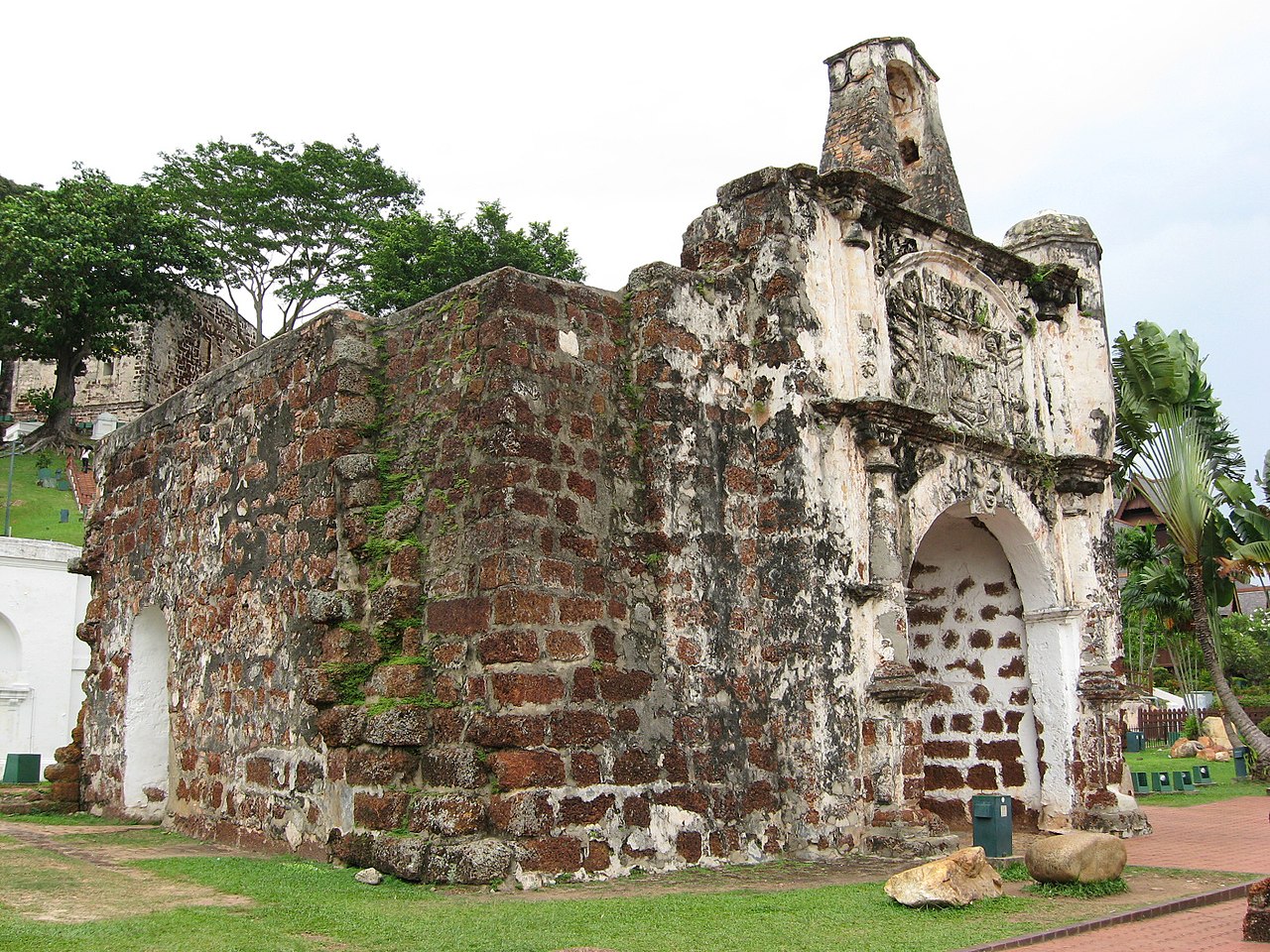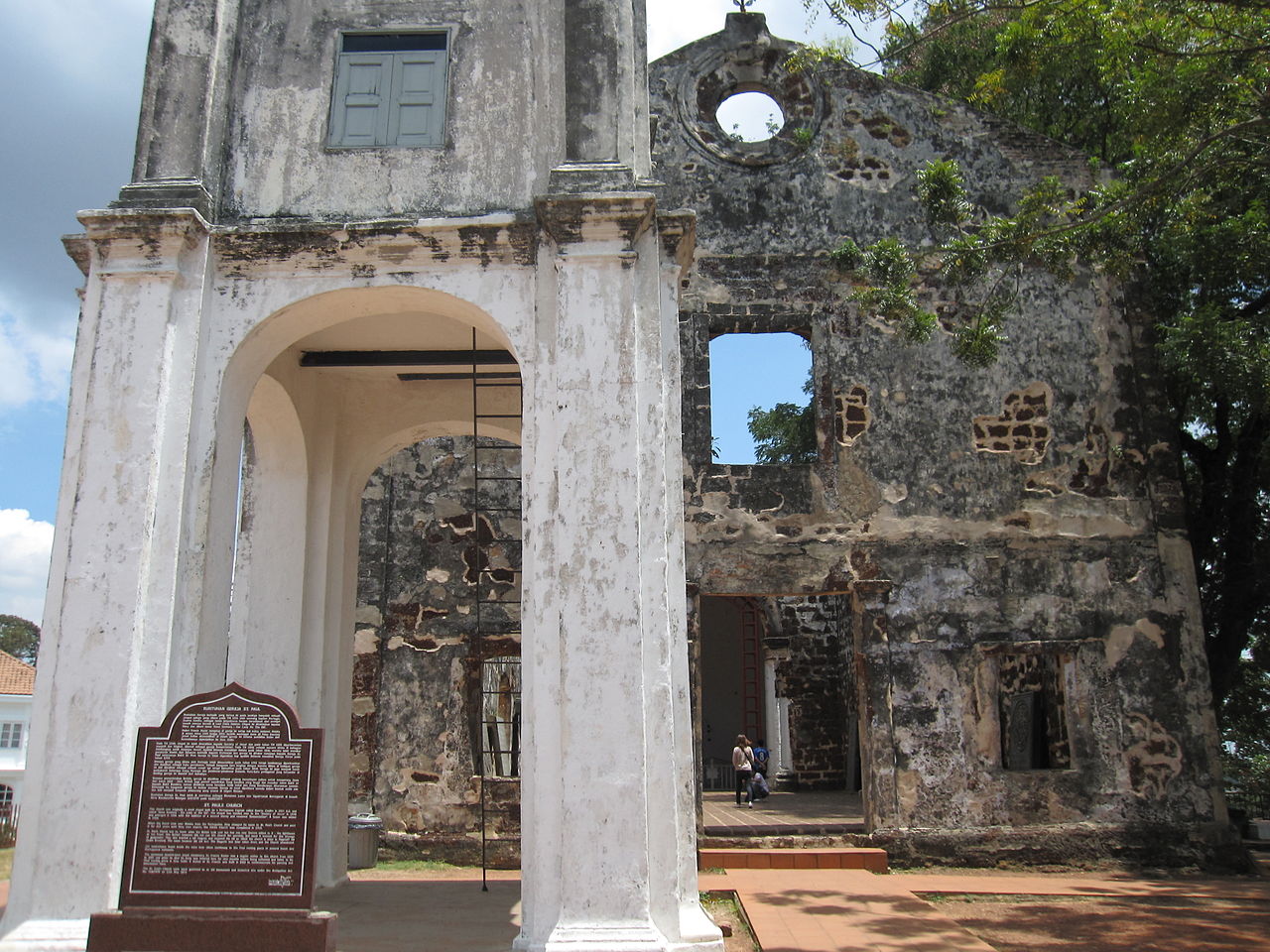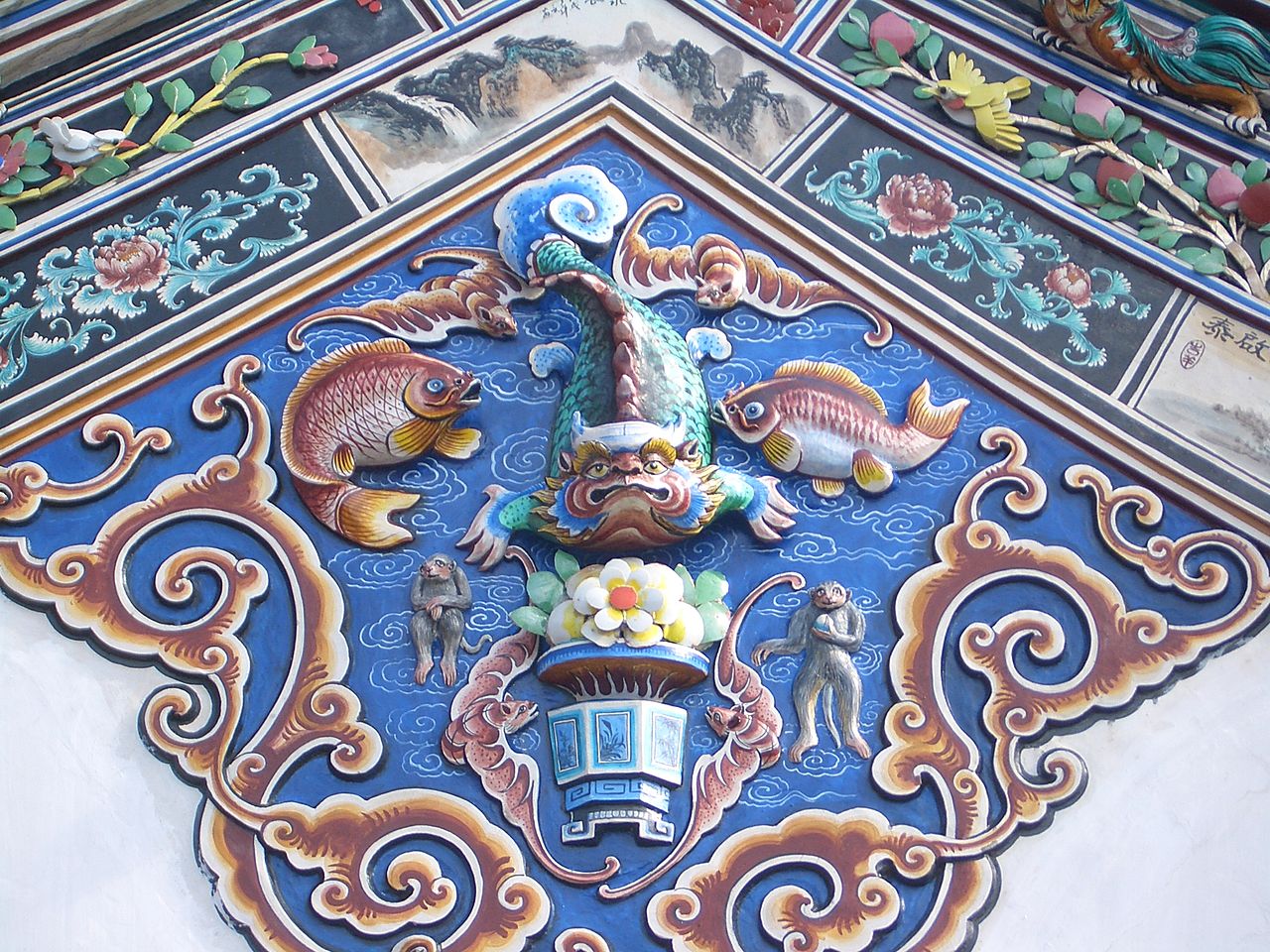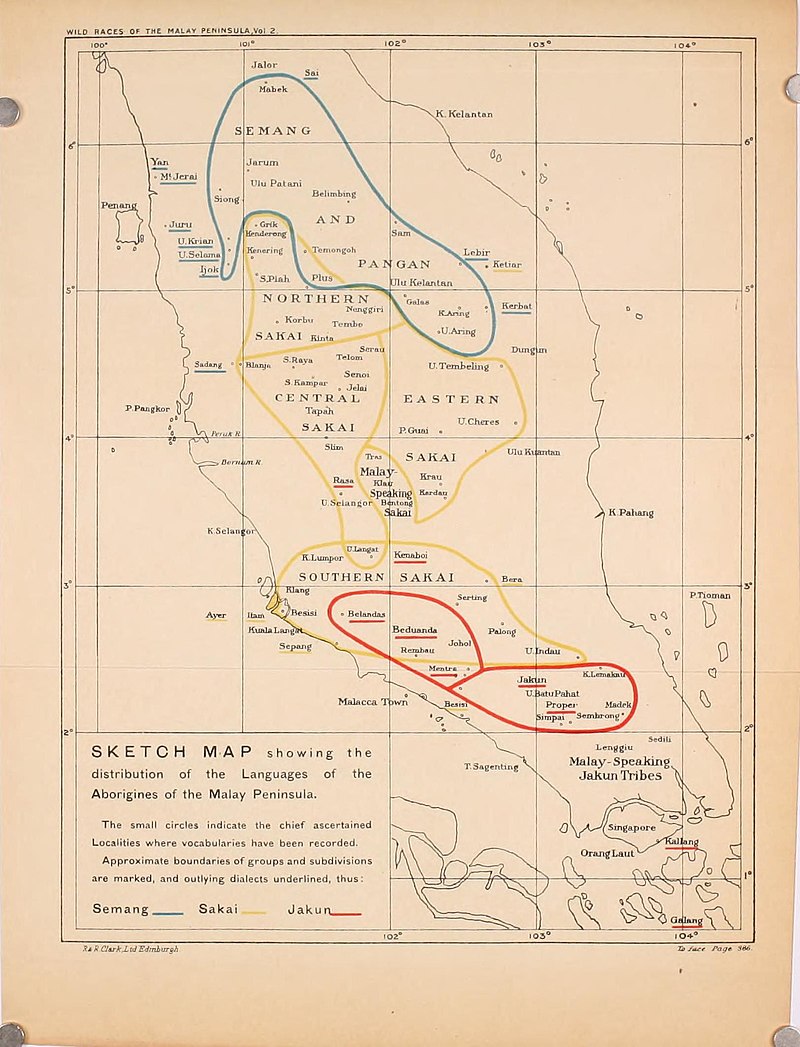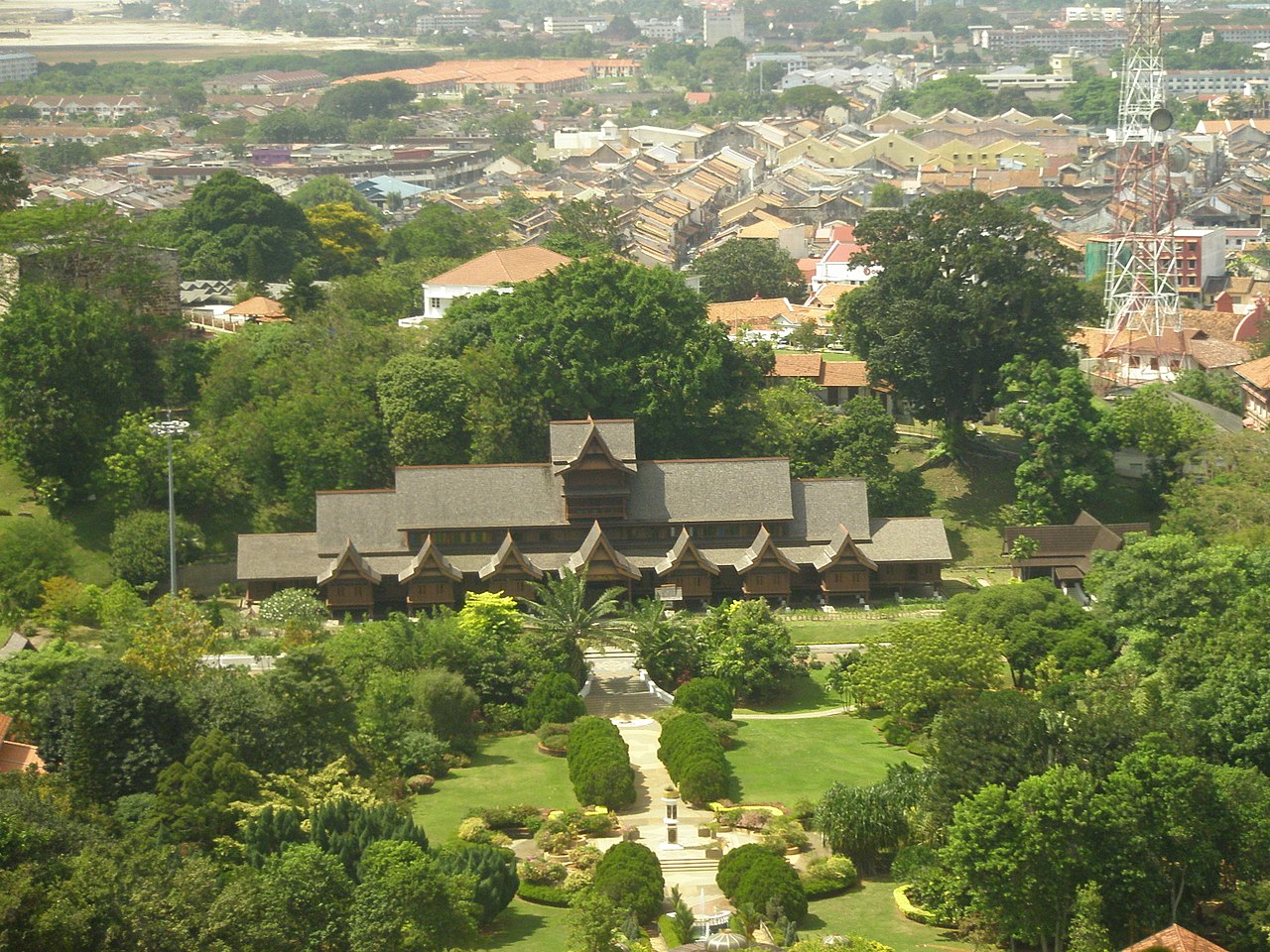
AsianOverland.net
Tour Guide - Itinerary
Asian Overland Sydney to London
Started 22/06/2022 Finished 21/06/2023365 Days ITINERARY
Day 52 date 12/08/2022SINGAPORE to MALACCA, MALAYSIA
ASIANOVERLAND.NET SYDNEY TO LONDON DAY 350/52: MALACCA, MALAYSIA
The earliest traces of modern humans in the Malay Peninsula date back at least 60,000 years. The climate and geography of Southeast Asia at that time were vastly different from today. During the Ice age, the sea level was much lower, and the Asian mainland extended to Sumatra, Java, Bali and Borneo, so people could move freely through these lands.
About 10,000 years ago, as warming began, glaciers started to melt and sea levels rose. Approximately 8,000 years ago the Malayan peninsula was formed. Some groups of the prehistoric population continued to survive, including descendants of migrants who came from Africa about 60,000 years ago.
Orang Asli ("first people", "native people", "original people" or "aboriginal people" in Malay) are indigenous people forming a national minority in Malaysia. They are the oldest inhabitants of Peninsular Malaysia and their ancestors are the first settlers of the Malay Peninsula.
Parameswara (1344 – c. 1414), also known as Iskandar Shah, was the last king of Singapura and the founder of Malacca. He ruled Singapura from 1389 to 1398 and fled the island kingdom after a Majapahit naval invasion in 1398. He founded his new port on the mouth of the Malacca River in 1402.
Malacca was accessible in all seasons on the strategically located narrowest point of the Malacca Straits, and made a good port. In collaboration with allies from the Orang Asli of the Straits called the orang laut ("sea-people"), Malacca was established as an international port by compelling passing ships to call there, with reliable facilities for trade and warehousing.
In Malacca during the early 15th century, Ming China actively sought to develop a commercial hub and a base of operation for their treasure voyages into the Indian Ocean. Malacca had been relatively insignificant, and was a vassal region of Siam.
In 1403, the first official Chinese trade envoy arrived in Malacca. In 1405, the Ming court dispatched Admiral Zheng He with a stone tablet enfeoffing the Western Mountain of Malacca as well as an imperial order elevating the status of the port to a country. The Chinese also established a fortified canton for their soldiers. The Siam did not dare to invade Malacca thereafter.
Malacca officially submitted to Ming China as a protectorate, and it's relationships with Ming China granted it protection from attacks by Siam and Majapahit. This encouraged the development of Malacca into a major trade settlement on the route between China, India, Middle East, Africa and Europe. The rulers of Malacca, such as Parameswara in 1411, paid tribute to the Chinese Emperor in person.
In 1431, when a Malaccan representative complained that Siam was obstructing tribute missions to the Ming court, the Emperor dispatched Zheng He carrying a threatening message for the Siamese king: "You, king should respect my orders, develop good relations with your neighbours, examine and instruct your subordinates and not act recklessly or aggressively."
The early Kings of Malacca gained Ming China's protection through skilful diplomacy, and thereby established a strong foundation for their Kingdom against Siam and other potential enemies. Chinese involvement was crucial for Malacca to grow into a key alternative to other important and established ports.
To enhance relations, Hang Li Po, a daughter of the Ming Emperor of China, arrived in Malacca, accompanied by 500 attendants, to marry Sultan Manshur Shah, who reigned from 1456 until 1477. Her attendants married locals and settled mostly in Bukit Cina, a Chinese hillside in Malacca.
International disputes involving China have been well described:
"In the 9th month of the year 1481 envoys arrived ...... Malacca again sent envoys to China in 1481 to inform the Chinese that, while Malaccan envoys were returning to Malacca from China in 1469, the Vietnamese attacked the Malaccans, killing some of them while castrating the young and enslaving them. The Malaccans reported that Vietnam was in control of Champa and also sought to conquer Malacca, but the Malaccans did not fight back, because they did not want to fight against another state that was a tributary to China without permission from the Chinese. They requested to confront the Vietnamese delegation to China which was in China at the time, but the Chinese informed them since the incident was years old, they could do nothing about it, and the Emperor sent a letter to the Vietnamese ruler reproaching him for the incident. The Chinese Emperor also ordered the Malaccans to raise soldiers and fight back with violent force if the Vietnamese attacked them again.”
With a highly strategic state position for international trade routes, Malacca was a well-known international trade centre in the East. Many traders anchored in Malacca, especially traders from Arabia, China and India, and are the ancestors of people who live in Malacca today. A great diversity of races and ethnicities has long existed among the local community reflecting its history. Malays, Chinese, Indians and Eurasians are significant ethnic groups living in the State of Malacca.
Malacca is one of the earliest Malay sultanates, the Malacca Sultanate, which was abolished when the Portuguese conquered Malacca in 1511.
In 1511 when Malacca fell to the Portuguese, Sultan Mahmud Shah was forced to flee Malacca. The Sultan made many attempts to retake Malacca, without success. The Portuguese retaliated and forced the Sultan to flee to Pahang. Later, the Sultan sailed to Bintan and established a new capital there. With a base established, the Sultan rallied the Malay forces and organised more unsuccessful attacks and blockades against the Portuguese.
Johor was part of the Malaccan Sultanate before the Portuguese conquered Malacca's capital in 1511. The Johor Sultanate was founded by the Malaccan Sultan in 1528. At its height, the Sultanate controlled modern-day Johor, Pahang, Terengganu, and territories stretching from the river Klang to Singapore and islands off the east coast of the Malay peninsula and Siak in Sumatra.
© This work is copyright. Apart from any use permitted under the Copyright Act 1968, no part may be reproduced by any process, nor may any other exclusive right be exercised, without the permission of Peter Searle, peter@portseavillageresort.com; 1980-2024.
Website built by Justin O’Dea www.webdeveloperdocklands.com.au
_(14778446871).jpg)
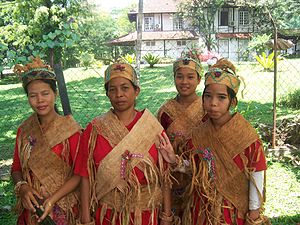
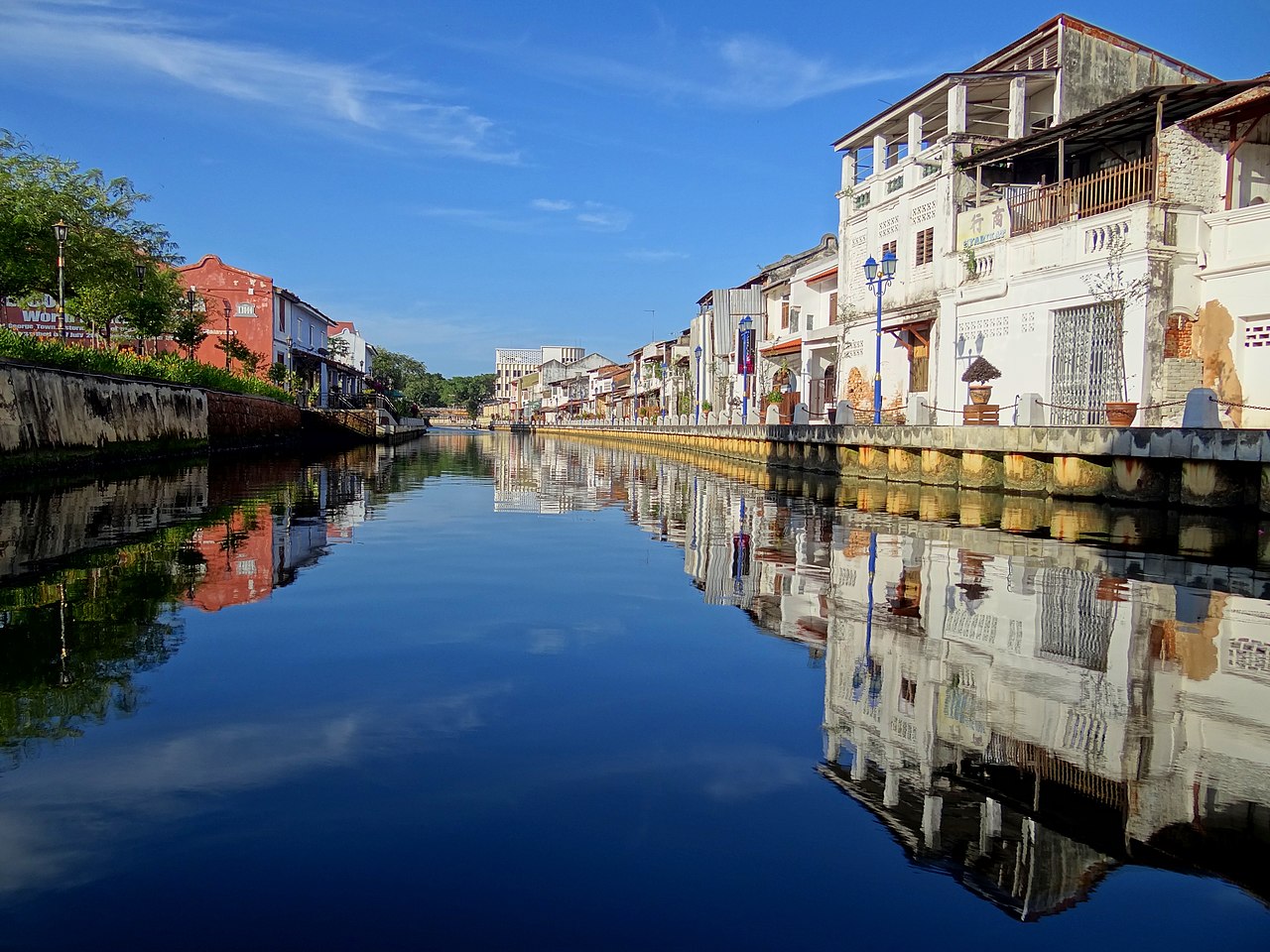
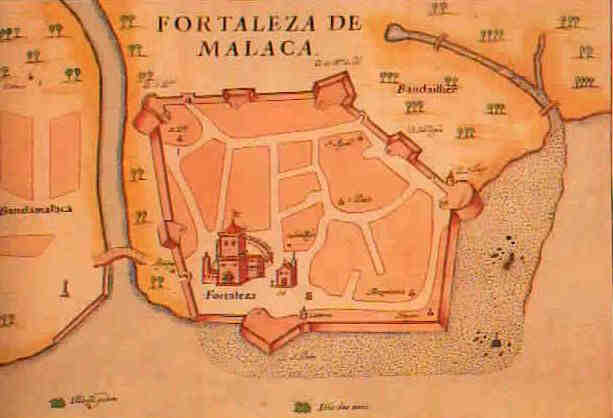
.jpg)

